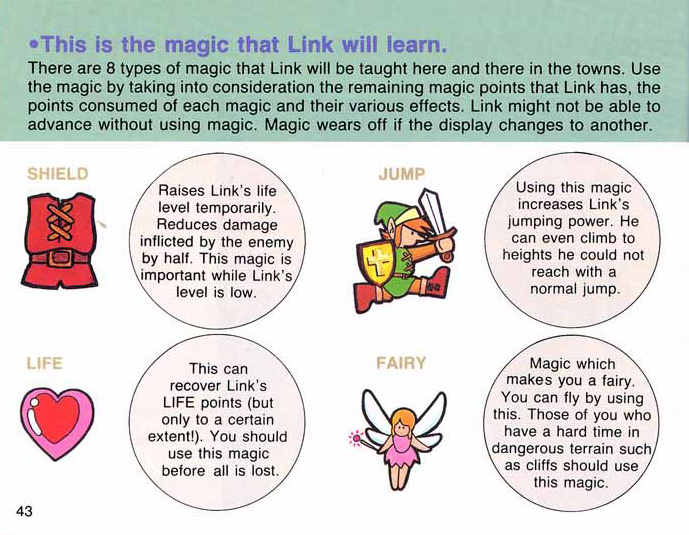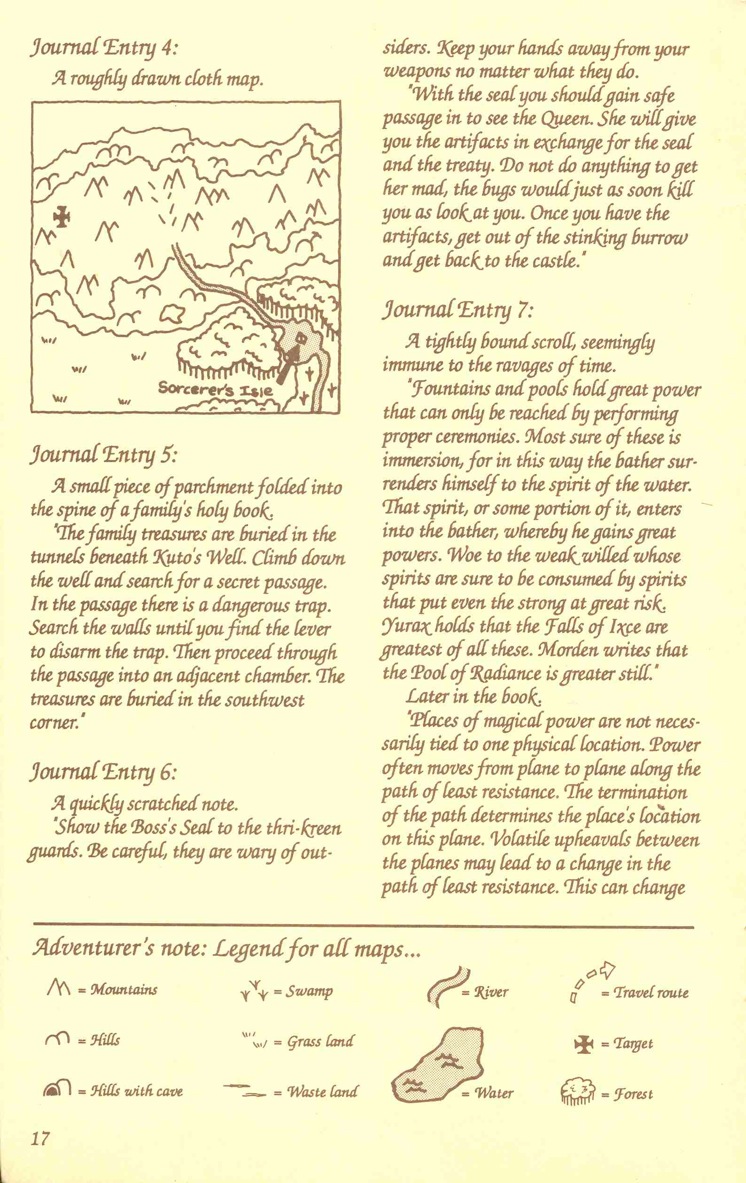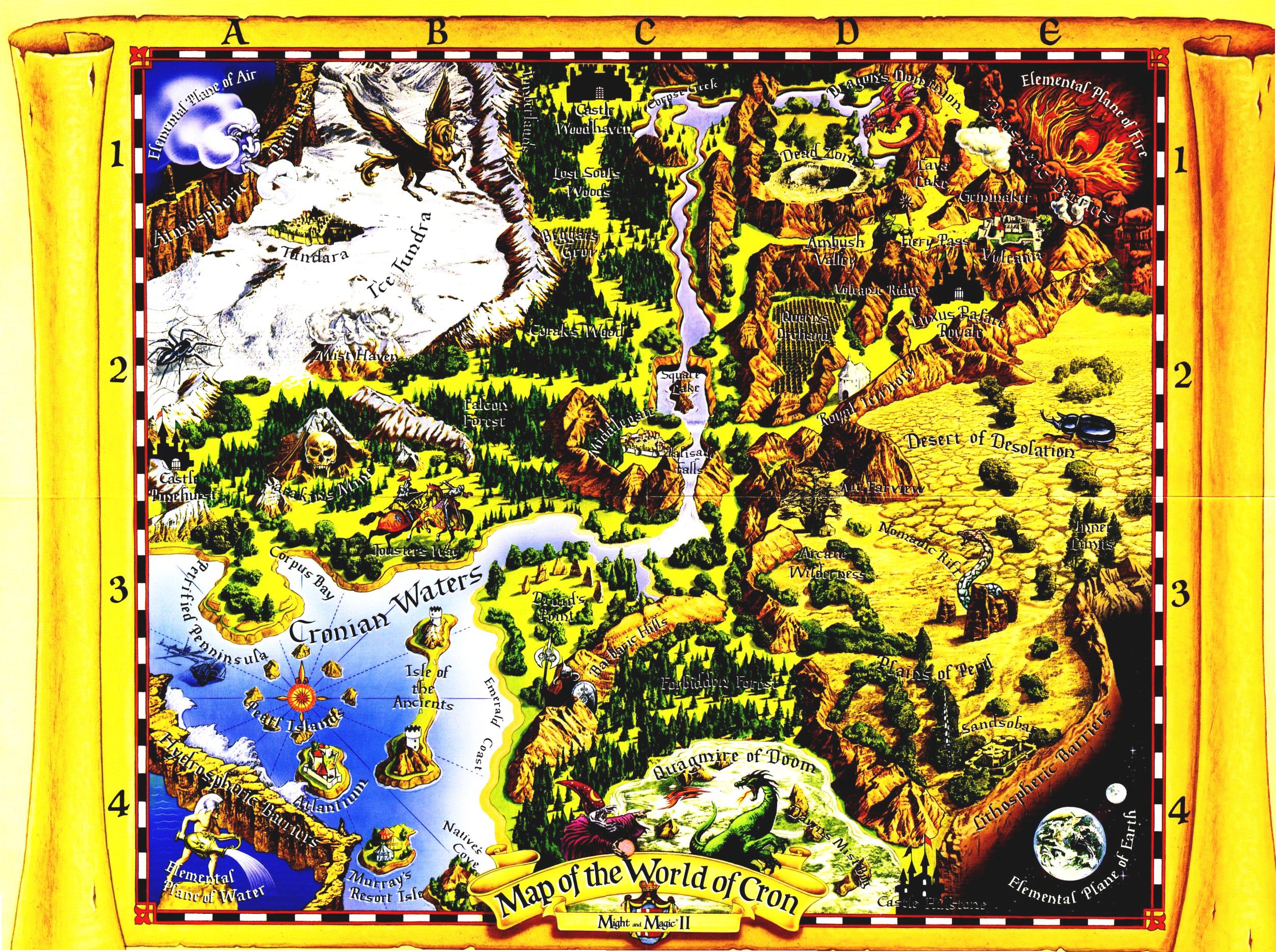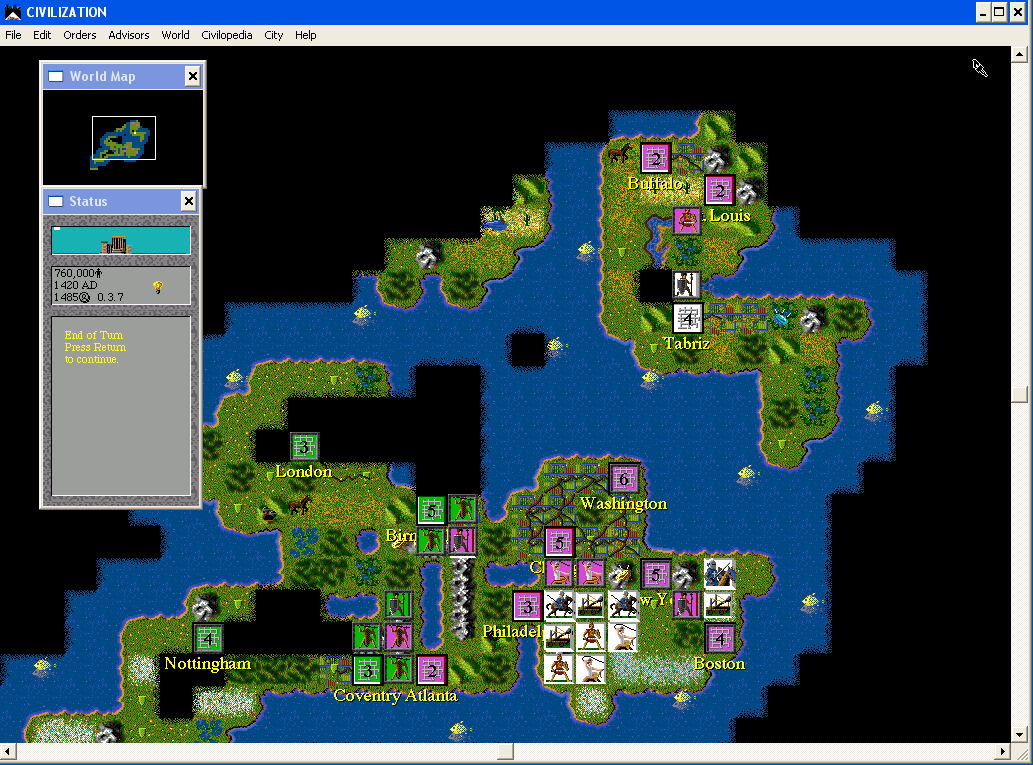To a degree, I feel a little sorry for the younger generation of gamers, the ones who have grown up with PS3 and Xbox 360, because they have missed out on something which I always felt was a huge part of owning a game. If you’re an old git like me who remembers blowing incessantly into a cartridge in the hopes of appeasing the dusty chip God into letting you play your Sega, you’ll probably also have pined at one time another for a good, chunky instruction manual. When did they cease to be a thing? Let’s take a trip down the nostalgia highway and find out. (Ed: Did you know that your cartridges never got dusty at all? Blowing into the cartridge just gave you an excuse to take the cart out and replace it hopefully aligning the pins correctly.)

There was once a time when you would seriously struggle to play a game without owning the manual. Today we’re used to being able to pause the game and have access to maps, control layouts and tutorials, but that wasn’t always the case. The early home computers such as those created by the Sinclair and Amstrad companies were not designed to play games on. Consequently, most of the button layouts required you to have about seven hands. I mean, just take a look at this picture below. Not exactly ergonomic is it? Imagine piloting multiple spacecraft in Elite on this thing. In order to simply stand a chance, you had to have some sort of reference guide in front of you.

As time went on and the first consoles dedicated to gaming came along, the main issue became the limited space on the cartridge/disk. Manuals provided an excellent way to get around this shortcoming. A great example of this is some of the early Dungeons and Dragons games on the Commodore 64/MS-Dos/Apple computers. Literally the entire story was printed in the manual and when you needed to learn something about your environment, the game would simply prompt you to read a passage from the instruction manual or ‘adventurer’s journal’ as it was called. Other games had ornate maps to enhance the experience, such was the case with Might & Magic II which you can see below, a game where you were expected to draw your own map and believe me, you really had to, otherwise you might as well just kiss your ass goodbye because there was no getting back out of those dungeons.


The rise of Floppy disks in the ‘80s, combined with the increasing prevalence of computers in schools, libraries and the home created a new purpose for manuals. Suddenly, publishers began to realize the ease with which a game could be copied onto a blank floppy disk and kids began to share their games, copying them from disk to disk. Many studios tackled this issue by forcing the player to recite things from the manual, such was the case with ‘Sid Meier’s Civilization’ in which a usurper would come along and claim that the true ruler of your people would know which symbol was in the corner of a specific page of the instruction booklet.

By the early to mid ‘90s, manuals had lost some of their necessity but the gaming public expected them and so publishers continued to provide them. Many of these once sacred tomes became somewhat formulaic, listing characters and controls as well as some basic contact information, but we also had some of the most imaginative inlays during this period, when publishers/studios really went to town. One particular memory from my childhood (which I still have on my shelf) is this awesome ‘Micro Machines 2’ case which not only contained a manual, but also invites and certificates for organizing your own official tournament. Despite my best efforts, I never could get one set up and so they remain in the box to this day.
The Ultima games also deserve a mention here. Those classic PC RPGs regularly came with ornate cloth maps, medallions and spell-books to name but a few.

The PC kept the flame alive into the new Millennium, as RPGs such as Baldur’s Gate II continued to provide us with something to excitedly paw through while we waited for our games to install.

But alas, as we made our way into an exciting new era of online downloads and DVD disks, we no longer needed paper to instruct us on how to play the game or what the World looked like. We had become accustomed to having everything on-screen and thus, the manual became a thing of the past, a novelty for games to occasionally include and while some titles such as Skyrim still come with a cool map, I can’t help but feel a little disappointed every time I open up a new game to be met with nothing but a disk and an epilepsy warning.
Perhaps if I had epilepsy I wouldn’t feel so cheated.